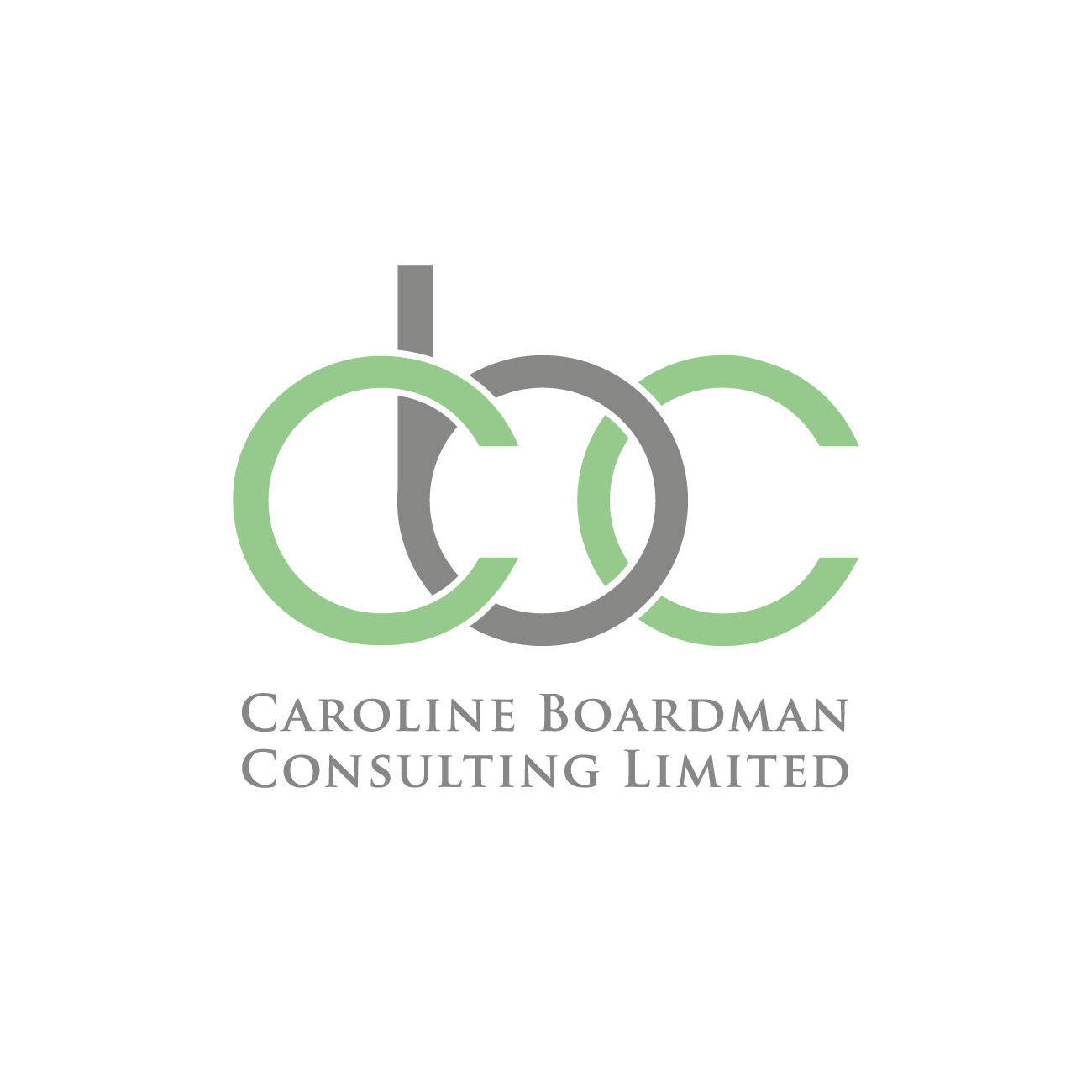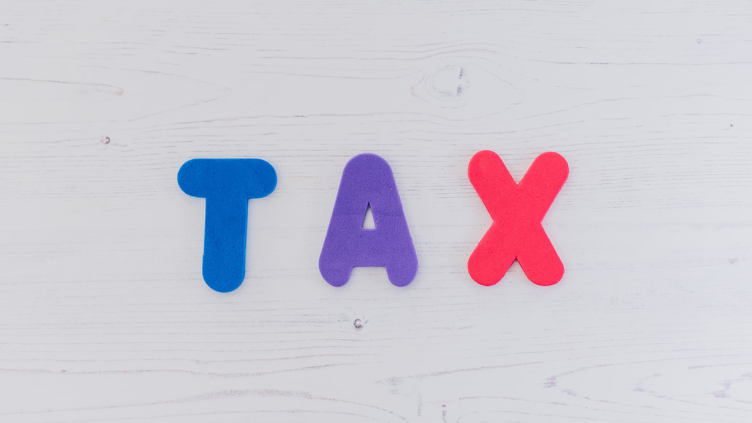1. The £85k threshold explained… You must register if, by the end of any month, your total VAT taxable turnover for the last 12 months was over £85,000. You have to register within 30 days of the end of the month when you went over the threshold. Your effective date of registration is the first day of the second month after you go over the threshold.
For example… Between 10 September 2021 and 9 September 2022 your VAT taxable turnover is £100,000. That’s the first time it has gone over the VAT threshold. You must register by 30 October 2020. Your effective date of registration is 1 November 2020.
2. What is Output VAT and Input VAT?
When you are VAT registered all sales must include 20% output VAT (see the VAT rules for exemptions, out of scope, reduced rate… or better still…. get a bookkeeper!) At CBC, all VAT registered clients are assigned a bookkeeper to help keep on top of VAT returns. When you are VAT registered you can also claim back any VAT you pay on purchases of products and services. This is called input VAT. You must keep all expense receipts showing the VAT amount in order to claim this.
You first VAT return may also include pre-registration expenses from between 6 months and 4 years prior to the date of VAT registration. See the rules here:
You can claim VAT on goods (either stock for resale or fixed assets) that were purchased 4 years pre-VAT registration date.
You can claim VAT on services that were provided 6 months pre-VAT registration date.
3. When are VAT returns filed?
They are usually completed quarterly. The quarters should tie in with your financial year end (sole traders this will normally be Mar, June, Sept and Dec) if your year end ties in with the tax year. But for Limited Companies, your financial year end is usually the month when you set up in business. For example if you incorporated on 3rd Nov 2018… your financial year end will be 30th November and so your VAT quarters will be Feb, May, Aug, Nov.
4. When and how do I pay my VAT bill?
The VAT return and payment deadlines are 1 month + 7 days after the quarter end. For example if your VAT quarter is 1st July to 30th Sept, your VAT return and payment will be due to HMRC by 7th Novemeber. You can set up a direct debit (DD) for VAT with HMRC. DDs are taken after submission between 7th and 12th of the month that payment is due. If you don’t want to set up a DD for any reason, you can make the payment each month to the VAT department at HMRC. Pay your VAT bill: Overview – GOV.UK (www.gov.uk)
5. What is MTD for VAT?
Since the introduction of Making Tax Digital (MTD) for VAT, all VAT returns must be submitted using software. Some VAT registered businesses resisted this at first but it really does help to keep business owners organised (and us accountants and bookkeepers busy too!) My software preference is FreeAgent. You can find out more about signing up to FreeAgent here 7 reasons why I love FreeAgent – Caroline Boardman Consulting.
If you are concerned about becoming VAT registered, speak to your accountant and / or bookkeeper in advance of reaching the £85k threshold…. or get one if you are currently doing it all yourself. Send an email to info@carolineboardmanconsulting.co.uk to be added to my waiting list or referred to another recommended accountant.



